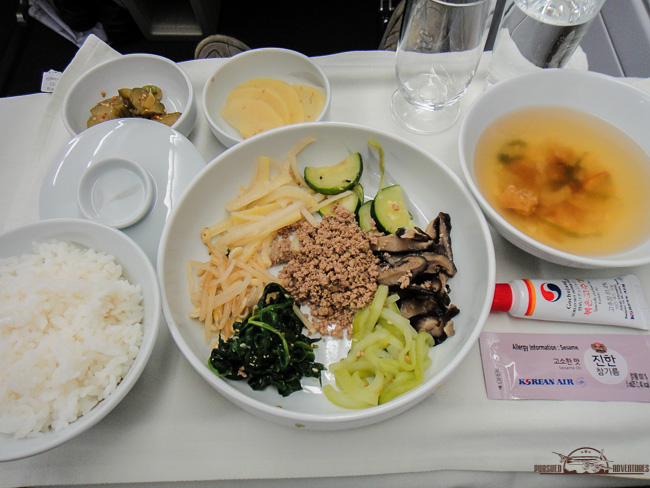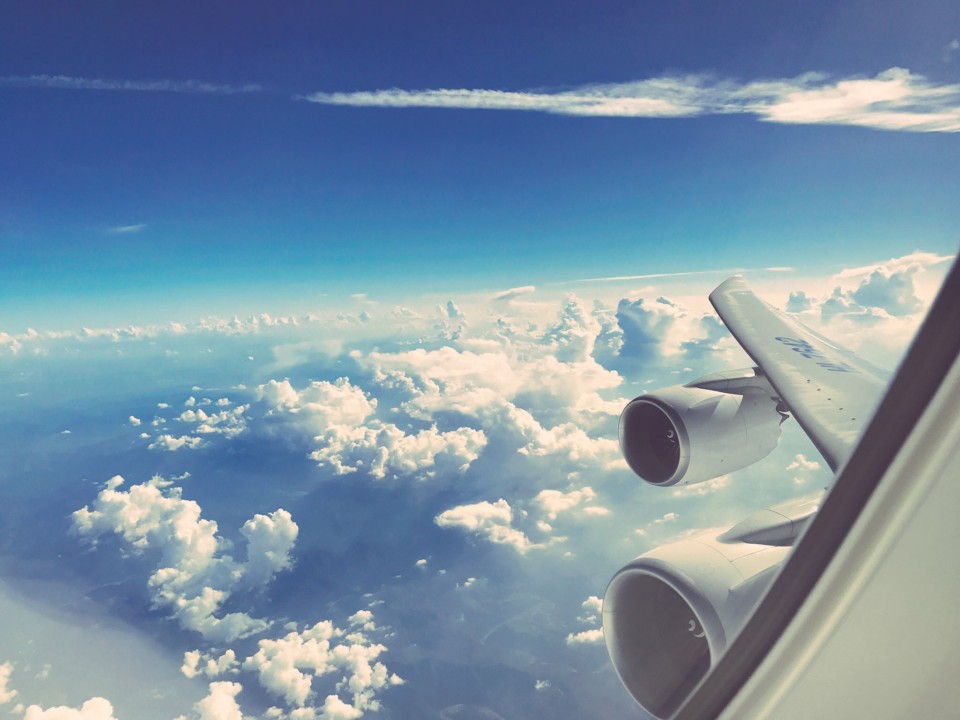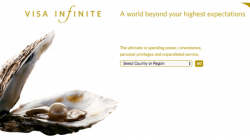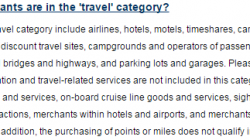I want to share a quick story about how I’ve been able to leverage the benefits of the Chase Sapphire Reserve card within one year to pay massive dividends which affect my travel channels.
A year ago, I was searching for one-way return flights from Taipei, Taiwan to San Francisco, and found a return flight in business class for 144,108 points. This is equivalent to $2,161.62 USD for a one-way business class flight, which is a heck of a lot of cash, but I “quantified” that this was well above my reservation price for several reasons:
- The flight would earn me elite-qualifying miles on my preferred airline with status (Alaska Airlines)
- I would get to fly on the 747-8I on Korean Air in Business, which would be a first for me
- I would get to fly China Airlines in Business class, also a first for me
- I wanted to travel home comfortably after a tiring 10-day trip to Asia and given that the flight was during peak travel season (August), this was a reasonable fare.
Now, parting ways with that many miles is not easy. But, I’ll be upfront: I am single, I don’t have any dependents, and I don’t have a mortgage. At the same time, I don’t travel as much as I used to, nor do I eat-out and party as much as I’d like to (#GradSchoolProblems) and I also haven’t referred anyone to the CSR yet to get any referral bonuses.
As such, my accruals for the card are purely based on everyday activities like dining (mostly Chipotle), shopping (primarily wedding gifts for all my friends), and other expenditures. “Travel” purchases for me consist of mainly paying parking fees (or tickets) and toll tag fees.
That being said, I was curious to see how long it would take me to accrue the points that I had spent when I purchased these flights back in early May 2017. When I logged into the portal, I saw that I have earned roughly 71,200 points in the past 365 days, which equates to roughly $1,067.94 eligible to be used for travel.
Now, if I were to quantify the value of the card based upon its annual fee, then I would simply divide that figure by $450 and it would yield me a number greater than two. Subsequently, I could claim that the card has paid the annual fee twice over. And, that is in addition to the $300 that Chase pays back to users of the CSR for travel (this is automatically reimbursed by Chase as the expenses are incurred).
But, there is another benefit: the travel redemption via the CSR on Korean Air essentially allowed me to requalify for MVP status on Alaska Airlines in 2017. This is a benefit worth $905, according to valuations from The Points Guy.
Alaska offers extremely generous accrual rates for Korean Air flight in Premium cabins. If you have MVP status with Alaska, you earn 125% bonus miles for this trip in Prestige class, in addition to the 100% miles you accrue for the trip by itself. So, net-net, my trip yielded an additional 12,733 miles to earn a total of 18,392 miles. This was still short of MVP qualification, but I had a few other trips on Alaska/Virgin America to both San Francisco and New York in 2017 that helped me re-qualify. That said, the trip on Chase points did most of the heavy-duty lifting.


Finally, these figures also exclude perks and benefits like Priority Pass club access and trip cancellation and protection reimbursement (this became useful during all the snowstorms on the East coast this year).
Above all, I cannot stress how much value you can derive from this card, especially if you’re just an average Joe who doesn’t jet set around the world as much as you’d like to (or care to, for that matter). And while the 100,000 point sign-up bonus is no longer available, the current 50,000 points sign-up bonus is still a heck-of-a-deal.
If you want to learn more about tips and tricks to earn more frequent flier points/miles in 2018, you can read my story on some “hacks” here.
How has your experience been with the CSR on redemptions if you’ve had the card longer than 18 months?





